The Next Five/Toy Factory interview with Eric Robert Olson
Eric Robert Olson was their lead vocalist and songwriter. The Next Five released three singles. Last one being under the name of Toy Factory. A must read for garage-rock fans.
When and where were you born Eric?
Also, I should mention more about the Robbs, we shared the same manager Con Merten. When we hooked up with Con, the Robbs were already out in Los Angeles as regulars on Dick Clarks “Where The Action Is”. In the early 70’s the Robb brothers bought the old MGM recording studio’s in Hollywood and transformed it into one of the most popular studio’s in the world. Cherokee Recording Studio’s went on for over 30 years and recorded every icon you can think of. For the first 10 years Con Merten was the GM and I had the privilege of working there from 1977 to 1980.
Tom “Ashbolt” Stewart is an incredible drummer, and I say “is” because he is still playing with his own band in Oregon. He played on all of the Next Five recordings except “Sunny Sunny Feeling” and a few acetates I have. I really don’t remember exactly what happened as to why he left the band. I do know however, having a band of five teenage boy’s who end up together in a rigorous schedule that’s controlled by other people will cause tension, and eventually personality clashes.
By the time our 3rd record was released Paul Christy was living in Virginia and Con Merten had moved to New York. The band was still living in the farm house we had been renting in Muskego Wisc. for over a year and the money was running out fast. Con had managed to keep some bookings coming in while he was in New York and then suggested we might consider moving there. I did go to New York to meet with him and Denny Randell who had written some of the early Four Seasons songs. Con and Denny were opening up an office to start a new production and record company. It was a nice trip and everything, but I knew I’d never get the band to pack up and move there. We were well into 1969 now and I was calling Steve Wax at Jubilee Records constantly asking when the record was going to be released. Steve Thomas (our guitar player) announced he would be leaving the band for Med School and Mark “Hastings” Buscaglia (our keyboard player) and our current drummer at the time John Kruck had started jamming with other bands around town. Gordy Wayne Olski (our bass player) and myself knew everything now was contingent upon the release of “Sunny Sunny Feeling” and also getting strong airplay under the name Toy Factory or we were literally going to loose the farm. The record finally came out and the radio stations did start playing it, I’m sure Paul Christy had made a few calls to his old friends at the stations to get it played. It wasn’t long before we realized there was little distribution of the record and the stations had stopped playing it. Gordy and I locked up the farm house and joined a band that was booked in Charleston South Carolina at the Army Navy Club, it was one of those gigs where you would play for six weeks, six nights a week and six sets a night. I’ve always thought of that gig as the 666 gig, something I didn’t want to do and after a few weeks I hopped on an airplane and went back to Milwaukee. I called Con in New York only to find out that he and Denny had a falling out and Con moved to Los Angeles. It was now 1970 and the 60’s were officially over and I found myself back at square one.
Gordy stayed with the band we went to South Carolina with for awhile and then went on to play with Bobby Vee’s band with some other friends of mine during 70’s. He has never stopped playing and is currently playing in Wisconsin with his wife in “Andrea and the Mods”. Steve Thomas did some recording while he was in med school and he became a doctor and is now retired and lives in Texas, although he travels a lot he still has a studio he spends time in. Mark “Hastings” Busgcaglia played keys with local bands in Wisconsin before moving to Los Angeles where I ran into him in the late 70’s, he switched from keyboards and was playing drums in a progressive rock band. His cousin got in touch with me a few years back to let me know the sad news he had passed away in 2005. As I had mentioned before, Tom “Ashbolt” Stewart continued playing with groups in Wisconsin until he moved to Oregon where he is still playing today with his wife and their band “Bolt Upright”. John Kruck our 2nd drummer continued to play and became a psychologist, he is now retired and living in Wisconsin. I played in numerous bands in Wisconsin from the early 70’s until I moved to Los Angeles in 1977. I worked at Cherokee recording studio’s until 1980 and had bands that played around the Los Angeles area through the 80’s. In the late 80’s my band hooked up with radio personality and actor M.G.Kelly and KCBS radio to open up oldies concerts for the station, that went on for a few years even after M.G.Kelly moved to Phoenix Arizona and was at COOL FM. I continue to play today and I’m enjoying it. There is one more persons I should mention. In the early days of the band we would have friends help with the equipment. But when things got serious and we had a ton of equipment we could only rely on our road manager Randy “Spider” Schneider to take care of it. He would haul the Hammond organ and Leslie, gigantic Eros amps, P.A., drums, wardrobe, and everything else it took to put on a show. He was in charge the truck and everything in it. He would have it all set up perfectly by the time we got there no matter where it was. Dependability was essential and he never missed a beat. No one in the band ever questioned the stage setup and he also protected us from outside sources. He is now retired and living in Wisconsin.
For this question I would like to give you something I have already written to explain Springdale ’73. The title is simply about the place and the time. Every teenage band in the 60’s knew how hard it was to get a song recorded. You needed an established band, a producer, a manager, a recording studio and engineer, a good song, and lots of money, just to get 7 or 8 parts recorded together into a song. Today’s songwriters enjoy the convenience of computers, multi-track digital recorders, drum loops, instrument sounds, everything at the touch of a button, to record one track at a time in the comfort of their own home, and whenever they feel inspired to manifest their vision. There was an actual turning point from the 60’s to now, and that was in 1973 when the Teac 3340S entered the commercial market. At an affordable price, the Teac gave you the same multi-track capabilities as those four track studios of the 60’s. Another technology of the time was the Univox SR55 drum machine. Together, the Teac and drum machine started the home recording revolution – the complete self containment for songwriters of which is the norm today. One of the earliest examples of this technology is Springdale ’73. It is a catalog of about 30 original songs recorded in a bedroom at Springdale Apartments in Waukesha Wisconsin in 1973. All tracks were recorded one at a time into a Teac 3340s using a Univox drum machine as the foundation, achieving the same basic results as today’s songwriters using multi-track digital tools and drum loops. The Teac and drum machine together opened up creative doors for songwriters everywhere. I released 12 songs on CD Baby some years back and here video of the actual machine playing one of those songs.
I have three songs on two acetates of the Next Five that will never be released due to the quality of the sound. Two songs I wrote and one cover of “Not Fade Away” written by Buddy Holly. Recently I discovered that the 8 track master tape of “Not Fade Away” may still exist because the engineer Ed Cody from Stereo-Sonic Studio’s in Chicago kept copies of everything he had recorded and were found in a storage locker in Chicago after he had passed away. We were the first one’s to record on their new 8 track machine back in 1968. Paul Christy told me to call Ed Cody and we would get some cheap rates to help them tweak their new studio. From what I understand there were some 500 tapes and acetates in that locker and many were unmarked. It would be fun to find that tape and digitize it.
Everyone remembers where they were the day JFK was assassinated, I remember the period of time right after the assassination, Dec. of ’63 and Jan. of ’64, and what I remember is nothing, those 2 months were dark and grim for a young teenager and there was nothing for their memories to grab onto. I can only speak for myself but my teenage years began in Feb. of ’64 with the British Invasion, everything after that left memories because of the music. Even with Vietnam, political and racial turmoil teenagers would cling to their music and it seemed that everything was going to be OK. 1968 would bring even more troubling events with the assassinations of MLK and RFK, more political and racial rioting and the continuation of Vietnam, but the music would still allow us to maintain memories weather they were good or bad. For me the 60’s would represent the highest highs and the lowest lows and everything in between, I suppose all generations have their own version of that, because that’s what life is all about.
Back in 1980 I was living in Burbank, Ca. and got a call from someone who said a mutual friend had just bought an album in Chicago with “Talk To Me Girl” on the A-side first cut, that was the Pebbles album. Another friend of mine was coming over that day and I asked if he could stop at Tower Records in Hollywood to see if it was being sold there as well. When he arrived he had two of the albums, I looked at the credits and realized it was some kind of a bootleg. I called Paul Christy who was now living in Detroit and he told me to call the manager of Jim Peterik who was co-writer and singer of Survivors “Eye of the Tiger”, Peterik also had a song on the same Pebbles album from when he was with the Ides Of March in the 60’s. Paul gave me the guy’s number (I don’t remember his name) and he told me he had a little knowledge of the people who created the album and I might want to just let it go because they were some kind of shady characters. I decided to put the album away thinking not much was going to become of it anyway. The album was on the BDF label and morphed from being a bootleg into a legitimate product that was then sold to the AIP label who kept it in print for many years according to Wikipedia. I never knew the whole scope of the thing until the internet. The publishing for “Talk To Me Girl” was owned by Flo-Mar, the owner of Scepter-Wand records Florence Greenberg, she must have sold the publishing to someone who never filed it, so therefor when the Pebbles album was released no one was responsible to pay royalties to the writers. My new publishers (Trail O The Snail Music (BM), who just released 12 of my newer songs on YouTube and has secured ownership for me. The Mindrocker album with “He Stole My Love” on it wasn’t known to me until the internet. In fact after getting on the internet I discovered 5 of the Next Five recordings were on at least 14 Compilation albums and MP3 downloads, some were legitimate and some were bootlegged, “Talk To Me Girl” and “He Stole My Love” were on nine of those albums.
I met Terry Rangno at a popular sports bar restaurant in Culver City Ca., we started talking about the music biz and he told me he was in the We Five for over 42 years, he said they were still playing around the L.A. area but didn’t go out on the road much anymore. He also told me he was a child actor and was on Maverick, Ossie and Harriet, The Rifleman and many other TV shows and movies. When I saw “The Day After Christmas” episode of Ozzie and Harriet on the internet, I got a kick out of the fact I could remember seeing him as a kid. I hadn’t played in a band for awhile and was getting antsy to do something other then write songs by myself. It turned out that Terry had a studio in his house and he only lived a couple of miles from me. I had called my old friend Glenn Stacey, a sax player I had been working with back in 2000 to see what he was up to. He told me he was playing periodically, but wanted to play more often. We went over to Terry’s after rounding up some other musicians to do some jamming on anything we could think of. Terry is also a lead singer like myself and we decided to do material neither one of us had ever done before. We went through different musicians looking for the right people and came to the consensuses we needed to work with people our age and also lived close by. Terry, Glenn and I lived within a few miles of each other and would get together twice a week to learn new material weather we had anyone else come down or not. We had gone through many different drummers until one day Tim Shea came over and we knew he was the right guy for what we were doing. He had been playing on Cruise Ships for quite awhile and still had a few commitments with them but he met the criterion of being our age and living close by and he was a first class drummer. After a few weeks he came to a rehearsal and had a sling on his arm. He had been playing golf and threw out his shoulder but thought he could still play with one arm. We were all amazed that he could, and he never missed a beat or a rehearsal and even played a few gigs that way. The four of us would rehearse and learn new songs while trying to find a keyboard player who could commit. We did have keyboard players come down but couldn’t get anyone to commit because they lived to far away and there wasn’t a lot of money being generated. One day Terry said we might have enough stuff going on now to call his old friend W. Michael Lewis who had played with Quicksilver Messenger Service for years and was in groups like the Standells, Grass Roots, Spirit and had songs on the disco charts for over four years, He had also played with Terry in the We Five and was still currently playing with the Four Preps and other 60’s acts but not as often as he would like. Turns out he also has a publishing company and had just published some of Terry’s stuff. Michael came to a rehearsal and we told him to play what ever he felt like playing around the songs we were doing. He fit like a glove and was exactly what we needed to complete the band. He’s also my publisher now for the newer stuff I wrote and is the guy who secured the rights for “Talk To Me Girl”. Right now we play private events and places close by in L.A., but there are people in the band that want to secure an agent and take the show on the road. We all have a sense of humor and you can see that in the bands name if you go to our Facebook page. Michael is our Facebook director and has a little bit of everyone on there from over the years, it’s like a magazine. https://www.facebook.com/gumdropsoflove/?pnref=story
Thank you Klemen, and thanks to all your younger readers who take an interest in the 60’s garage bands and their experiences. It was definitely a time that could only happen once and anyone who was involved with it knows how special those days were. I continue to be surprised at the interest people have taken in The Next Five and all the other bands from that time period. Just for another time perspective, as I finish this interview today November 3rd, 2016, I would like to congratulate all the Chicago 60’s bands enthusiasts on the Chicago Cubs winning the World Series last night for the first time in 108 years.
– Klemen Breznikar
© Copyright http://www.psychedelicbabymag.com/2016






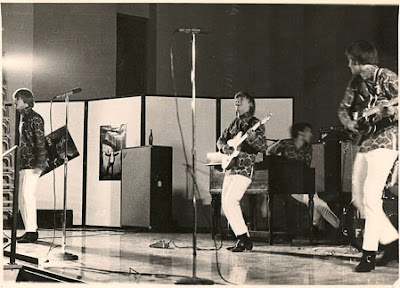




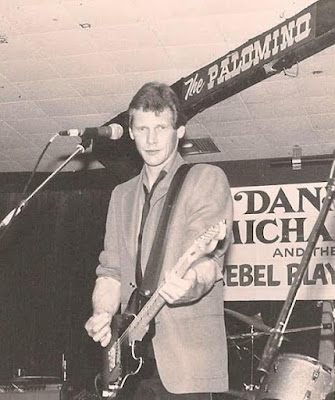

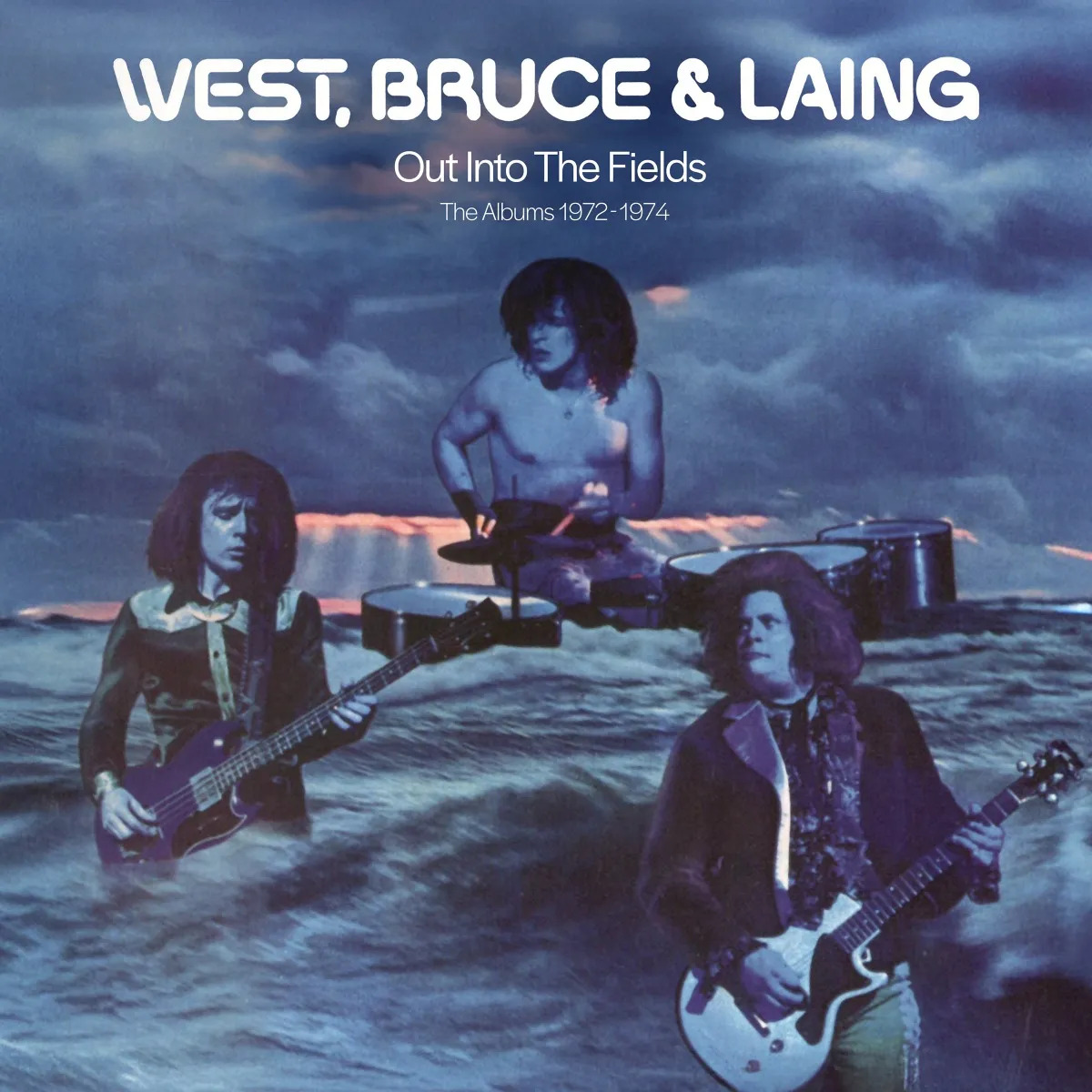
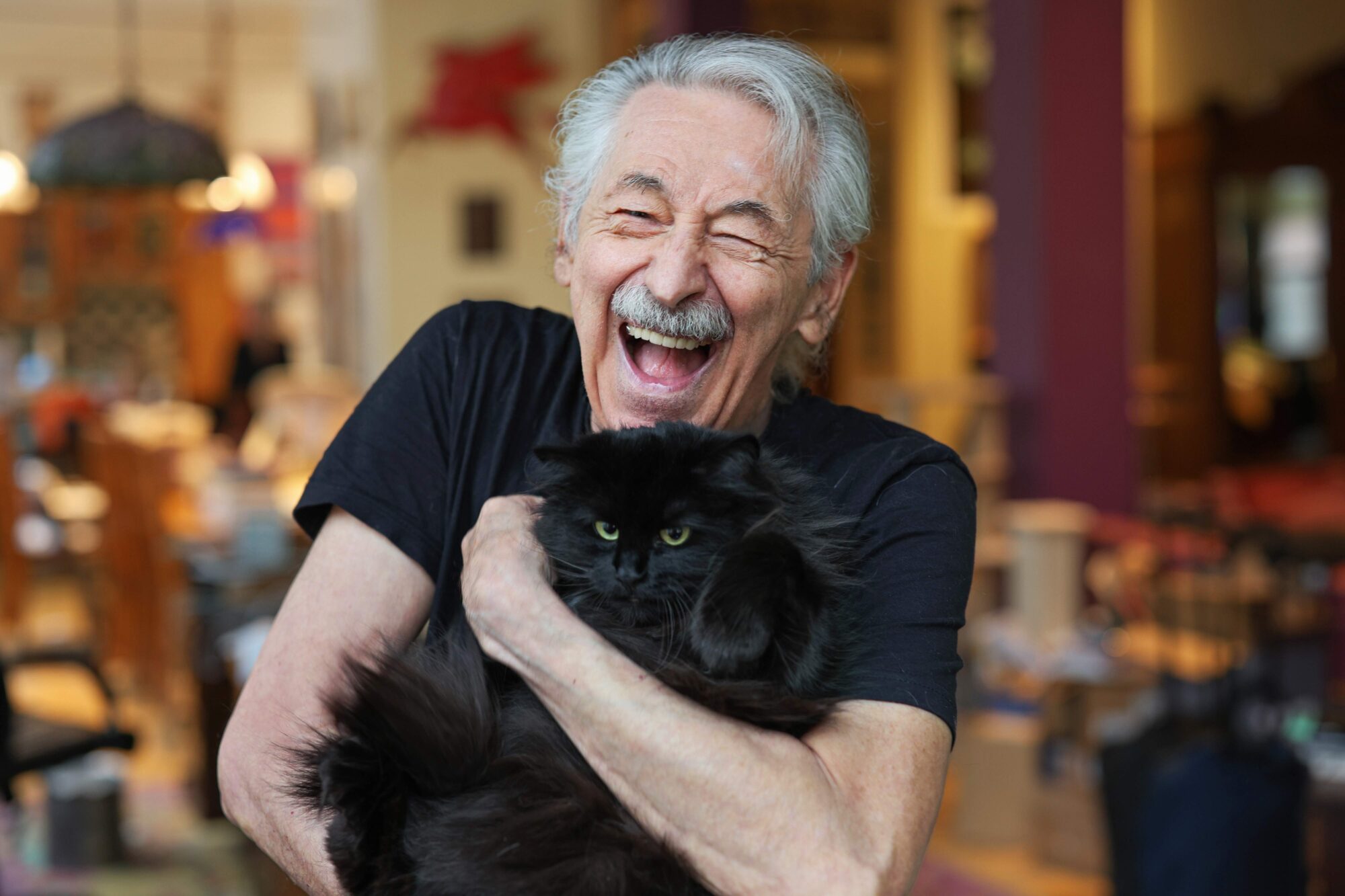
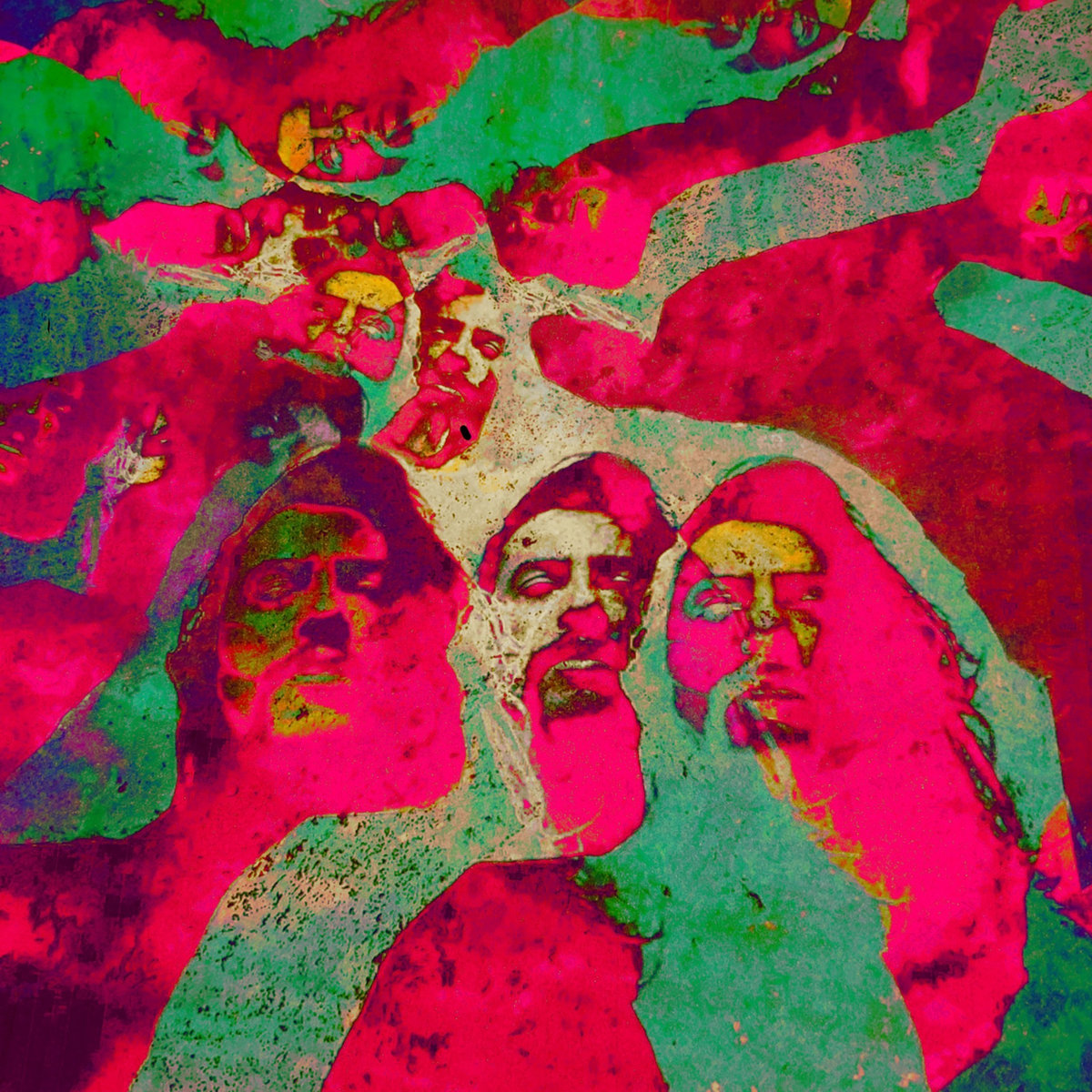
Eric, I’m sure you don’t remember, but my band (The Dimensions) opened for the Next Five at Batavia Hall (in the little hamlet of Batavia, WI) on March 16, 1968. We were just starting out back then and I remember really being impressed by your band. Aah, the memories.